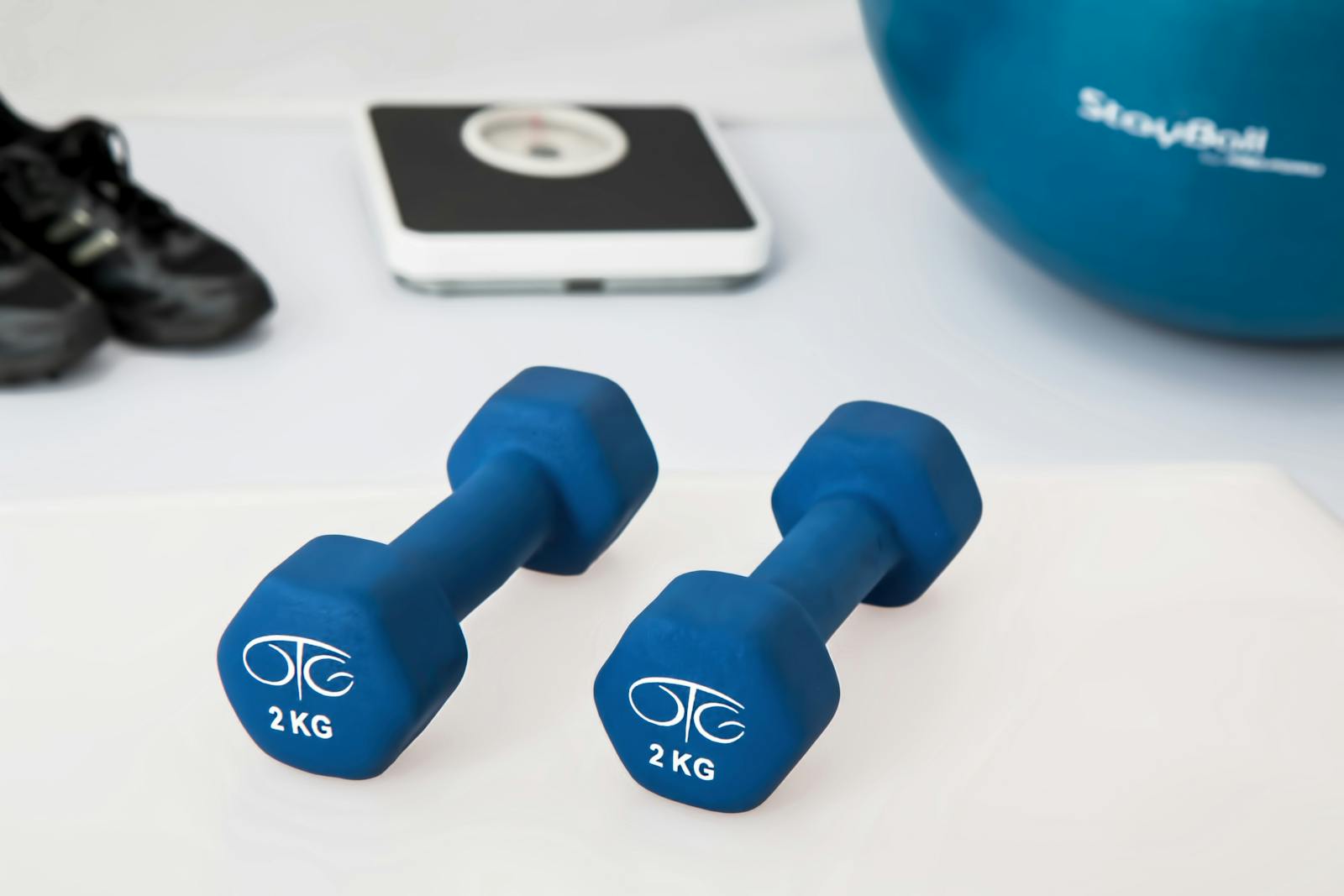Imagine this: Emily, a fitness enthusiast, has been diligently following her workout routine for months. She’s committed to achieving her fitness goals, but despite her efforts, she feels stuck and frustrated. One day, while chatting with a friend at the gym, she learns about some common fitness myths that have been influencing her training approach. Intrigued and somewhat disheartened, she realizes that many of the beliefs she held about exercise were misconceptions. This revelation prompts her to reevaluate her training methods and ultimately leads to better results. This article will explore several prevalent fitness myths, debunk them with facts, and provide guidance on how to train effectively.
The Importance of Understanding Fitness Myths
Understanding and debunking fitness myths is crucial for several reasons:
- Informed Decisions: Recognizing what is true and what is false allows individuals to make informed choices about their workout routines.
- Injury Prevention: Many misconceptions can lead to improper training techniques, increasing the risk of injury.
- Enhanced Results: By adopting evidence-based practices, individuals can optimize their training for better outcomes.
- Motivation: Dispelled myths can reignite motivation by clarifying what truly contributes to fitness success.
Common Fitness Myths Explained
Myth 1: Spot Reduction is Possible
Truth: Many people believe they can lose fat in specific areas of their body by targeting those areas with exercises. For example, doing countless crunches to eliminate belly fat.
- Reality: Fat loss occurs throughout the body as a result of overall weight loss, not just from targeted exercises. To effectively reduce body fat, a combination of cardiovascular exercise, strength training, and a healthy diet is necessary.
Myth 2: Lifting Weights Makes Women Bulky
Truth: A common fear among women is that lifting weights will lead to a bulky physique.
- Reality: Women generally have lower testosterone levels than men, making it challenging to gain significant muscle mass. Instead, resistance training helps women achieve a toned appearance while improving strength and metabolism.
Myth 3: You Must Feel Sore to Have Had a Good Workout
Truth: Many believe that soreness is an indicator of an effective workout.
- Reality: While some muscle soreness can be normal after intense workouts (known as delayed onset muscle soreness or DOMS), it is not a reliable measure of workout effectiveness. Consistent progress and performance improvements are better indicators of success.
Myth 4: Cardio is the Only Way to Lose Weight
Truth: Cardio exercises are often touted as the primary method for weight loss.
- Reality: While cardio can help burn calories, strength training also plays a crucial role in weight management by increasing muscle mass and boosting metabolism. A balanced routine that includes both cardio and resistance training is most effective for weight loss.
Myth 5: You Can’t Build Muscle on a Vegetarian or Vegan Diet
Truth: There’s a misconception that plant-based diets lack sufficient protein for muscle growth.
- Reality: With careful planning, vegetarians and vegans can meet their protein needs through sources like legumes, nuts, seeds, tofu, and whole grains. Combining different plant proteins can also provide all essential amino acids necessary for muscle repair and growth.
Myth 6: Muscle Turns into Fat When You Stop Working Out
Truth: Many people believe that if they stop exercising, their muscles will convert into fat.
- Reality: Muscle and fat are two distinct types of tissue; one cannot transform into the other. When you stop exercising, you may lose muscle mass and gain fat due to decreased calorie expenditure if dietary habits remain unchanged.
Myth 7: You Should Always Stretch Before Working Out
Truth: Stretching has long been considered essential before any physical activity.
- Reality: Static stretching before workouts may not be beneficial and can even decrease performance in some cases. Instead, dynamic warm-ups that increase heart rate and prepare muscles for activity are recommended prior to exercise.
Myth 8: More Sweat Equals More Calories Burned
Truth: Many equate sweating with calorie burn during workouts.
- Reality: Sweating is primarily your body’s way of regulating temperature and does not directly correlate with calories burned. Factors such as humidity and individual metabolism affect sweat levels more than workout intensity.
How to Train Effectively
To avoid falling victim to these misconceptions and optimize your training routine:
- Educate Yourself: Stay informed about fitness principles through reputable sources or certified trainers.
- Set Realistic Goals: Focus on achievable milestones rather than quick fixes or extreme transformations.
- Incorporate Variety: Include a mix of cardiovascular exercises, strength training, flexibility work, and rest days in your routine.
- Listen to Your Body: Pay attention to how your body feels during workouts; adjust intensity or take breaks as needed.
- Prioritize Recovery: Allow time for rest and recovery between workouts to prevent overtraining and injuries.

Conclusion:
Debunking common fitness myths is essential for anyone looking to achieve their health and fitness goals effectively. Just like Emily learned through her journey of discovering the truth behind her misconceptions, you too can benefit from understanding what truly works in fitness. By adopting evidence-based practices and avoiding these prevalent myths, you set yourself up for success on your path toward improved health and well-being. Embrace knowledge as your ally in this journey—your body will thank you!







Leave a Reply